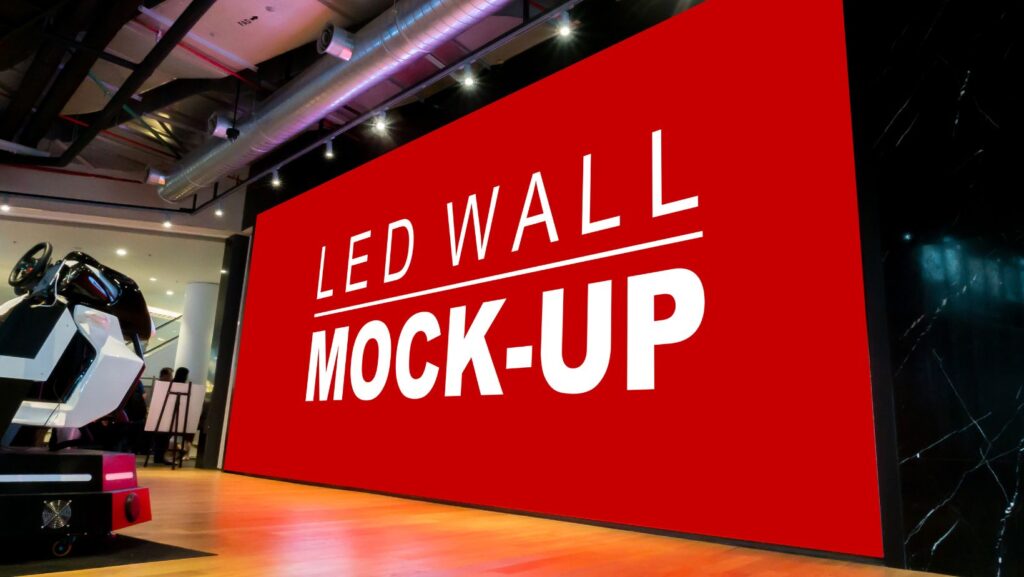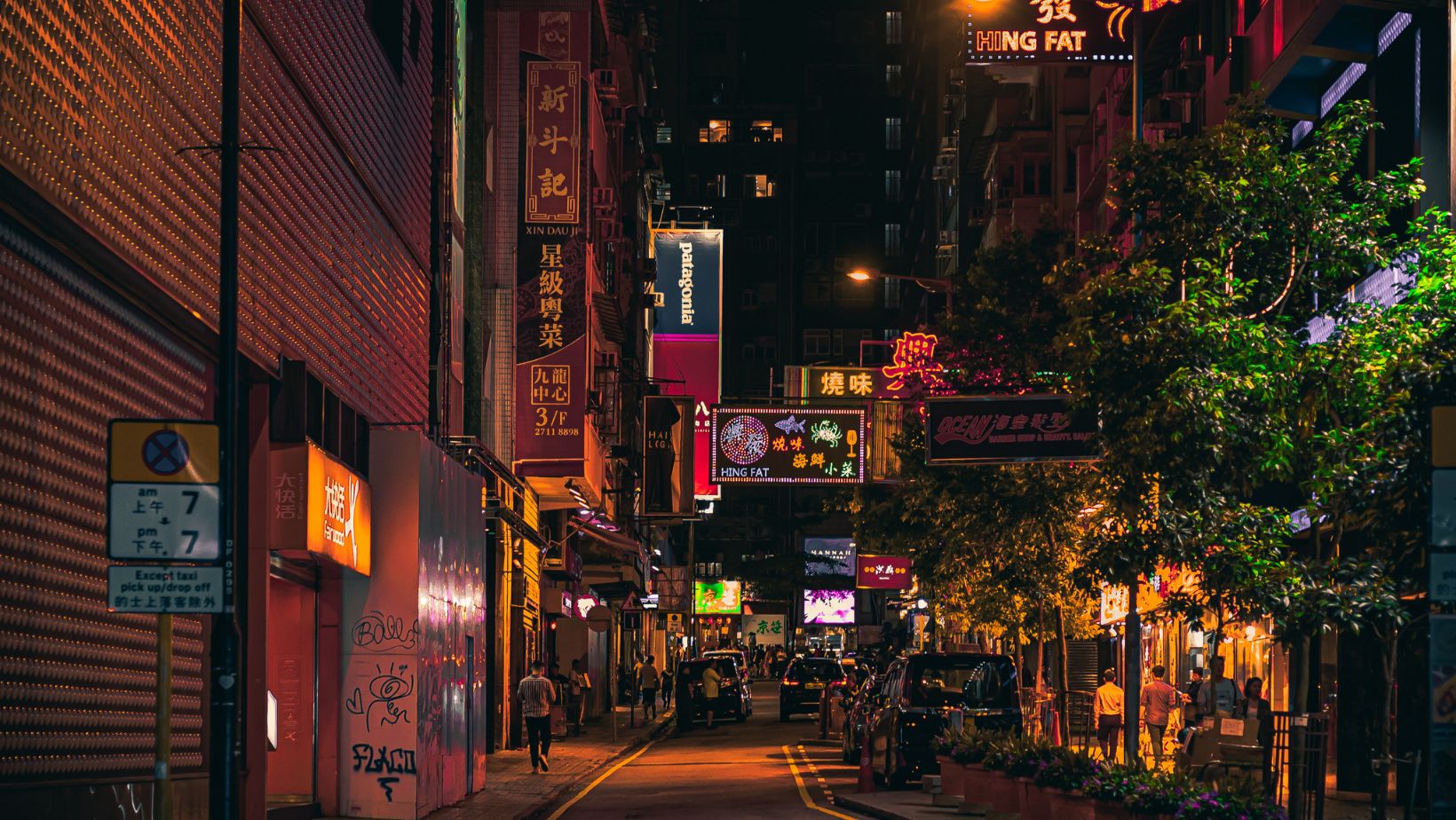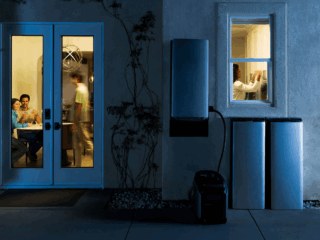
In the ever-evolving landscape of display marketing, brands are constantly seeking innovative ways to stand out and capture consumer attention. One of the most effective tools in this arsenal is the LED lightbox. These illuminated displays not only enhance visual appeal but also impart a sense of modernity and sophistication that traditional signage often lacks.
As retail spaces become more competitive, the need for bright and eye-catching displays has never been greater. This is where LED lightboxes enter the spotlight, offering what’s known as bright signage solutions for retail spaces. With their ability to vividly bring logos, promotions, and artistic designs to life, they are becoming an essential asset for retailers looking to engage customers effectively.
How LED Lightboxes Work
At their core, LED lightboxes use light-emitting diodes to provide illumination. These systems often feature a front-facing acrylic surface that allows light to filter through, creating vibrant and striking visuals. The advantage of LED technology is twofold; not only do LEDs consume less energy compared to traditional bulbs, but they also have a longer lifespan.
This means that brands can invest in LED lightboxes for long-term use while benefiting from lower energy costs and reduced maintenance. Imagine the positive impact this has on a business’s bottom line—less time spent on replacing bulbs and more time focused on creating compelling marketing messages.
Benefits of Using LED Lightboxes
Enhanced Visibility
In a crowded marketplace, getting noticed is half the battle. The illumination provided by LED lightboxes enhances visibility and draws attention from afar. This is particularly useful in retail spaces, where shoppers may be distracted by the myriad of choices available. For example, a vibrant lightbox displaying a seasonal promotion can catch a customer’s eye and guide them towards a specific aisle or product.
Versatility in Design
Another significant advantage of LED lightboxes is their versatility in design. They can be used in various settings—from retail storefronts and exhibitions to corporate events and trade shows. The size and shape of LED lightboxes can vary, allowing brands to tailor them to their needs.
Furthermore, they can be customised easily, making it possible to switch out graphics for different campaigns swiftly. This flexibility offers brands the chance to keep their display fresh and relevant, adapting their messaging to current trends or promotions.
Cost-Effective Marketing
While the initial investment in LED lightboxes might seem considerable, they often prove to be a cost-effective solution in the long run. With their energy-efficient properties and minimal maintenance requirements, retail businesses save money over time.

Additionally, their durability lets brands promote their messages without frequent replacements. This blend of initial investment and long-term savings makes LED lightboxes an attractive option for retailers of all sizes.
Practical Applications
Retail Stores
In retail, LED lightboxes have found various applications, ranging from storefront displays to point-of-sale promotions. A well-placed lightbox can serve as a beacon, drawing foot traffic into a store. Retailers can utilise them for seasonal sales or highlight new arrivals, ensuring that critical messages are delivered effectively.
Restaurants and Cafés
In food service, the use of LED lightboxes extends to menus and promotional displays. For instance, a café could employ an illuminated menu board that changes according to the time of day or seasonal ingredients. This not only enhances customer experience but also keeps the offerings dynamic and engaging.
Events and Exhibitions
For brands looking to showcase their products at exhibitions, LED lightboxes serve as eye-catching displays. They can highlight key messages or product features, ensuring that potential clients are drawn in and engaged.
Addressing Common Concerns
While the benefits of LED lightboxes are numerous, some retailers may have concerns regarding their use. A common hesitation is the upfront cost associated with purchasing these displays. However, understanding the long-term savings they provide can mitigate this apprehension.
Additionally, some may question the brightness of LED lights, particularly in brightly lit environments. Modern LED technology has evolved significantly, allowing for adjustable brightness levels that ensure effective visibility regardless of surrounding lighting conditions.
Future Trends in LED Lightbox Marketing
Looking ahead, it is clear that LED lightboxes will play a pivotal role in retail marketing strategies. As technology continues to evolve, features like smart integration—where displays can be updated remotely—are likely to become more common. Interactive displays that engage customers further may also emerge, transforming passive viewing into an immersive experience.
Moreover, sustainability is becoming an increasing focus for many brands. LED technology aligns perfectly with these efforts due to its energy-efficient nature. Retailers can market their environmental consciousness while benefiting from reduced operational costs.
Conclusion
LED lightboxes are more than just illuminated displays; they serve as powerful marketing tools that can significantly enhance visibility, engagement, and sales for retail spaces. Their versatility, cost-effectiveness, and innovative design possibilities set them apart from traditional signage options. As brands continue to navigate the competitive retail landscape, embracing bright signage solutions could very well be the key to capturing attention and fostering customer loyalty.
With the increasing focus on integrated and sustainable marketing solutions, the future looks bright for LED lightboxes in display marketing. As technology advances, expect to see even more exciting developments that will further revolutionise how brands communicate and engage with their audience.












